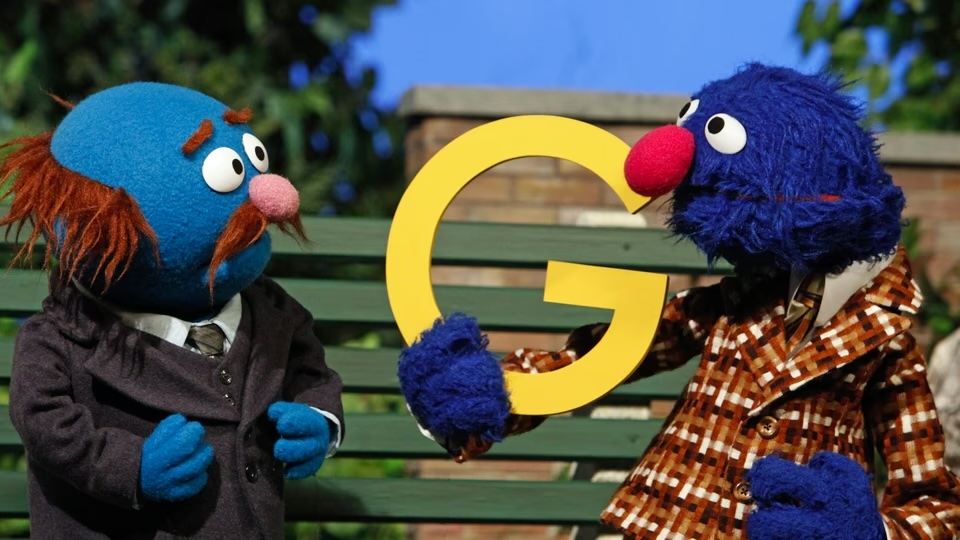White Hat, Black Box
When Big Tech “Helps” Education
It sounds like a win for access: hundreds of classic Sesame Street episodes are coming to YouTube. But in the age of algorithmic childhood, the real lesson might be about platform power—not preschool education.
Starting in January, YouTube will become the largest digital library of Sesame Street episodes, making decades of programming freely available. The deal also includes a soft launch of Sesame Workshop as a platform educator: hosting creator workshops, producing new explainer content, and offering guidance on what “good” children’s content should look like in the current media environment. Meanwhile, new seasons will debut on Netflix and PBS in late 2025.
At first glance, it’s a white hat move: public-minded, accessibility-forward, mission-aligned. But look closer, and the delivery mechanism reveals a black box—a distribution engine built on data loops, watch time, and opaque recommendation logic.
Depending on your perspective, this is either a long-overdue expansion of educational equity—or a perfectly branded Trojan horse.
⸻
What’s the Good?
From the white-hat view, the move is hard to critique: • It puts valuable, mission-driven content in front of millions of families. • It meets kids where they already are—on YouTube—without requiring a subscription. • It models higher standards for an often chaotic kids’ content ecosystem. • And it lets a legacy brand assert relevance in a digital-first landscape, without disappearing into the streaming shuffle.
At a time when attention is fractured and the cultural shelf-life of IP is short, Sesame Street choosing distribution over exclusivity feels refreshingly public-minded.
⸻
What’s Inside the Box?
But there’s a second story here. One that feels increasingly familiar.
Step back and ask: Why does YouTube want this deal?
Because this is more than a content drop. It’s the story of a platform laundering its reputation through legacy trust. Of inserting itself as both the channel and the curriculum. Of wrapping a civic mission around a commercial architecture that still runs on engagement, autoplay, and behavioral optimization.
YouTube doesn’t need Sesame Street to make money. It needs Sesame Street to look safe.
It needs a civic halo. A credibility anchor. A signal to parents, regulators, and policymakers that the world’s largest video platform is also an educational one. Not just a place for shorts and reaction videos and algorithmic churn—but a platform that cares about what children learn, not just what they click.
This isn’t about bad intentions. It’s about invisible incentives.
⸻
White Hat, Black Box
Here’s the tension: Sesame Street was designed to teach. YouTube was designed to keep you watching.
Yes, kids will get access to Sesame Street—but they’ll also get fed into a discovery engine optimized for stickiness, not pedagogy. One that rarely distinguishes between an animated classic and a sponsored unboxing video. And once those episodes end, autoplay begins. Where it goes from there depends on an algorithm optimized for session length, not developmental needs.
But Sesame Street was never just about content. It was about structure—about designing media that served developmental needs over commercial ones. That ethos made it revolutionary in 1969. It still matters now.
The question is whether that structure can survive inside a system designed for something else. The structure teaches, whether we want it to or not.
⸻
What Counts as ‘Good’ Now?
We’ve outsourced so much of early education to screens that a move like this feels like progress. But it also reveals how narrow the choices have become.
We’ve entered an era where partnerships like this feel like public service—and maybe they are. But they’re also signs of consolidation. Indicators that even when the catalog gets bigger, the circle of genuine alternatives is shrinking.
